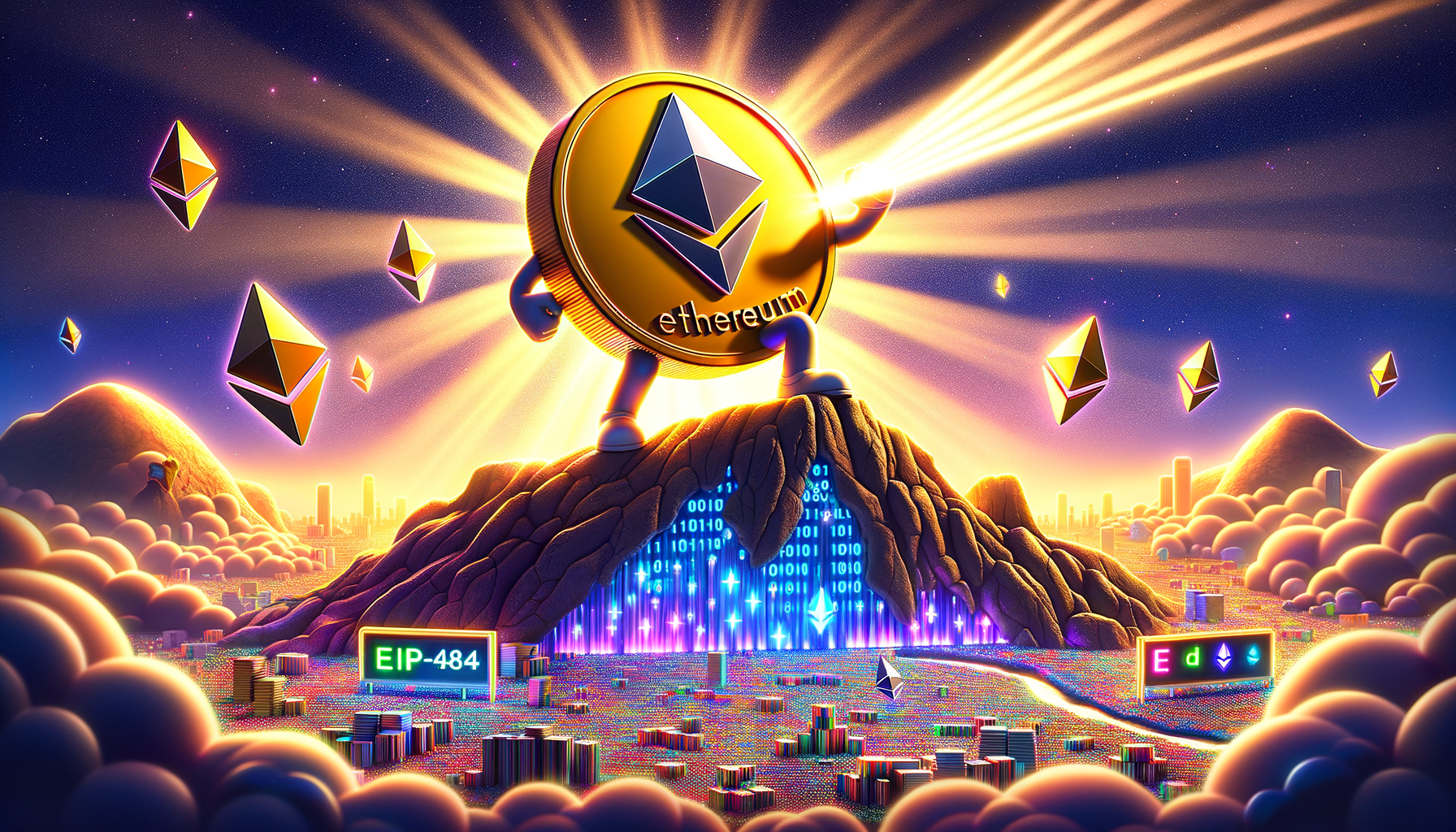Bitcoin Layer 2s Surge: BitVM Rollups Enable 100K+ TPS on Bitcoin
Bitcoin's Layer 2 solutions hit a milestone with BitVM rollups, now processing over 100,000 TPS. This leap in scalability could transform Bitcoin into a high-throughput platform, rivaling Ethereum. Dive deeper into how this tech works and its impact.

Bitcoin Layer 2s Surge: BitVM Rollups Enable 100K+ TPS
In a significant development for the Bitcoin ecosystem, Bitcoin Layer 2 solutions utilizing BitVM rollups have surpassed 100,000 transactions per second (TPS), marking a new era of scalability for the world's first cryptocurrency. This achievement, reported on November 15, 2025, by Bitcoin Magazine, showcases the potential for Bitcoin to handle high-throughput applications similar to those on Ethereum and other smart contract platforms.
Technical Breakdown of BitVM Rollups
BitVM rollups are a Layer 2 scaling solution designed to enhance Bitcoin's transaction capacity without compromising its security model. The architecture of BitVM rollups involves the following key components:
- Off-Chain Computation: Transactions are processed off-chain in a rollup, reducing the load on the Bitcoin mainnet.
- State Commitments: The state of the rollup is periodically committed to the Bitcoin blockchain through a special transaction, ensuring the integrity of the rollup's state.
- Verification Mechanism: BitVM, a framework for verifying complex computations on Bitcoin, is used to validate the rollup's state transitions. This is achieved through a series of pre-signed transactions that can be executed if a dispute arises.
The implementation of BitVM rollups involves creating a series of smart contracts that manage the rollup's state and handle disputes. These contracts are designed to be compatible with Bitcoin's scripting language, allowing for the verification of complex logic without requiring a change to Bitcoin's consensus rules.
Data & Analysis: Performance and Adoption
According to Blockstream's research, BitVM rollups have achieved the following metrics:
- Transaction Throughput: Over 100,000 TPS, a significant leap from Bitcoin's mainnet capacity of approximately 7 TPS.
- Transaction Fees: Average fees for rollup transactions are less than $0.01, compared to Bitcoin mainnet fees which can exceed $10 during peak times.
- Total Value Locked (TVL): The TVL across all BitVM rollup solutions has reached $5 billion, indicating strong adoption by users and developers.
These figures demonstrate the effectiveness of BitVM rollups in addressing Bitcoin's scalability challenges while maintaining its security and decentralization.
Ecosystem Impact: Developers, Users, and Competitors
The introduction of BitVM rollups has significant implications for the Bitcoin ecosystem:
- Developers: The increased scalability opens up new possibilities for developers, allowing them to build applications that were previously infeasible on Bitcoin due to throughput limitations. This includes decentralized finance (DeFi) applications, gaming, and other high-throughput use cases.
- Users: Users benefit from lower transaction fees and faster transaction confirmations, making Bitcoin more practical for everyday use.
- Competitors: Other blockchain platforms, particularly those focused on scalability like Ethereum and Solana, will need to continue innovating to maintain their competitive edge. Bitcoin's move into high-throughput applications could shift some development focus back to the Bitcoin ecosystem.
Looking Forward: Implications and Future Developments
The success of BitVM rollups marks a pivotal moment for Bitcoin, potentially leading to increased adoption and a broader range of applications. As the technology matures, we can expect further optimizations and the introduction of more complex use cases.
Experts in the field, such as Adam Back, CEO of Blockstream, have expressed optimism about the future of Bitcoin Layer 2 solutions. "BitVM rollups are just the beginning," Back stated in a recent interview. "We're seeing the start of a new wave of innovation on Bitcoin that could redefine its role in the blockchain space."
As the ecosystem continues to evolve, it will be crucial to monitor the adoption rates, the emergence of new applications, and the ongoing development of BitVM and other scaling solutions.




